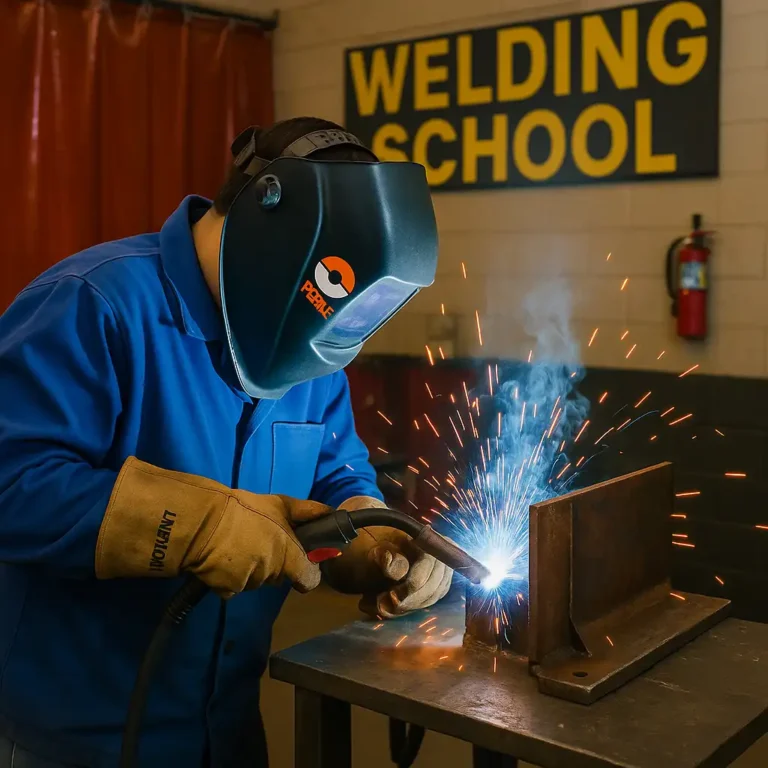Western Welding Academy Cost: Real Numbers and What You Get

Disclosure: This post contains affiliate links. As an Amazon Associate, I earn from qualifying purchases—at no extra cost to you.
If you’re looking to turn welding into a career fast, Western Welding Academy (WWA) offers an intensive, hands-on route that skips the fluff. It’s not cheap—but for the right student, it might be the kind of investment that pays off quickly. Here’s a clear breakdown of what it really costs to attend, what’s included, and what kind of value it brings to the table.
Program Costs and What You’re Paying For
The flagship course at WWA is the Pipe Welding Program, a 12-week bootcamp-style training that focuses heavily on real-world pipe welding skills. As of recent estimates, the tuition runs about $17,500.
That tuition typically covers:
- All welding materials and filler rods used in class
- Personal protective gear and safety training
- One-on-one instruction from experienced welders
- Access to equipment, tools, and individual welding booths
While it may sound pricey, you’re paying for focused instruction with minimal downtime. Students often report that the program runs six days a week, offering plenty of practice time.
Housing and Living Expenses
WWA does not include housing in the tuition cost, so students need to arrange their own accommodations in Gillette, Wyoming. Options vary from local apartments to house shares with other welders.
Average living expenses can range from $500–$800 per month for rent, plus food and transportation. Be sure to plan for this on top of the program cost.
What Do Students Say?
Based on reviews from forums and verified students, WWA delivers what it promises—especially if you’re already familiar with basic welding concepts. It’s an intense learning environment geared toward people who want to get job-ready fast.
Many former students say they landed jobs quickly, sometimes even before finishing the course. The program’s emphasis on pipe welding, a high-demand specialty, seems to give graduates a competitive edge in the field.
However, beginners with no welding experience might find the pace overwhelming. The school expects students to jump right in, so having some shop time beforehand helps.
Payment Options and Financial Support
WWA is a private, non-accredited school, so it doesn’t accept federal student loans like FAFSA. However, they do offer in-house payment plans and accept VA benefits, employer sponsorships, and other private financing routes.
If you’re serious about enrolling, it’s worth calling their admissions team to get the latest info on payment plans and financial support options.
Career Opportunities and Job Placement
One of WWA’s big selling points is its industry network. Many students report receiving job leads or direct connections to recruiters before they finish training. This is especially valuable in a trade where who you know can matter just as much as what you know.
The skills you pick up at WWA—especially in pipe welding—translate well to high-paying roles in oil, gas, and industrial construction.
Conclusion
Western Welding Academy isn’t the cheapest welding school out there, but it’s built for speed and results. If you’re ready to commit to 12 intense weeks and already have some welding experience under your belt, this could be the launchpad you need. Just make sure to factor in living costs, and don’t expect a slow-paced intro class—this is training designed to get you in the field quickly.






